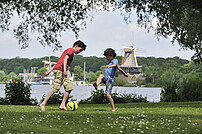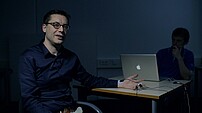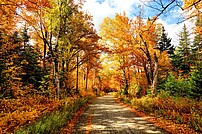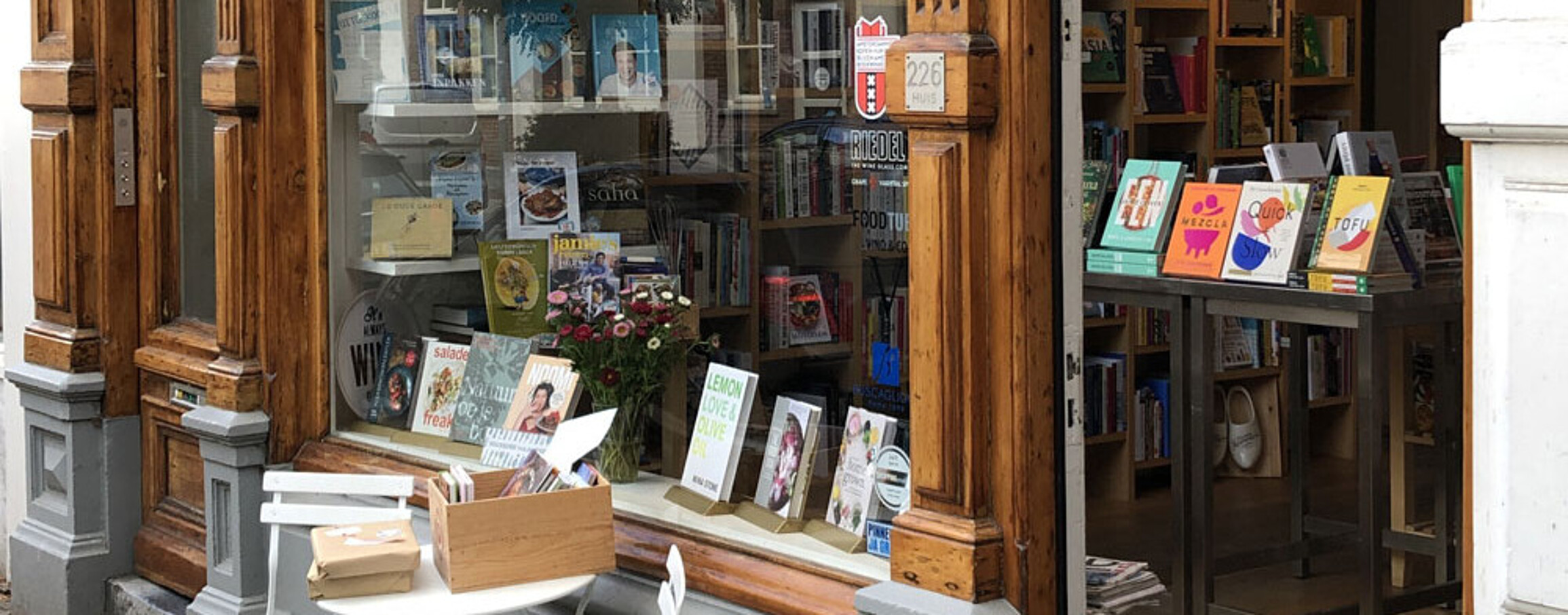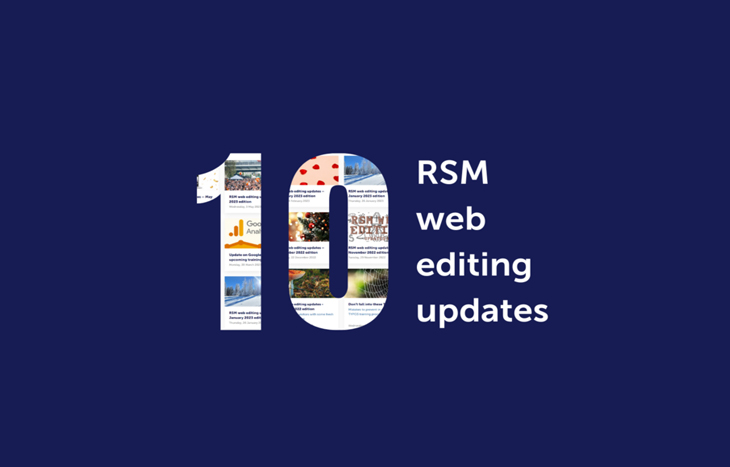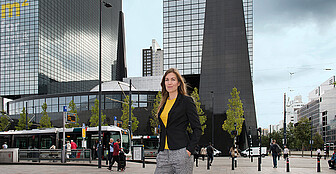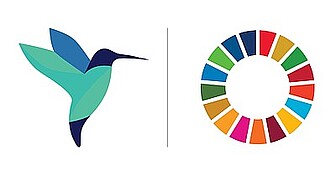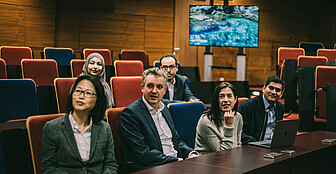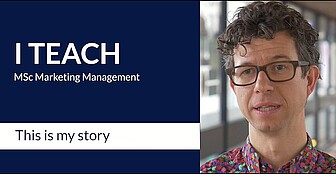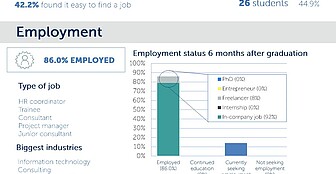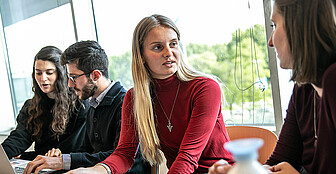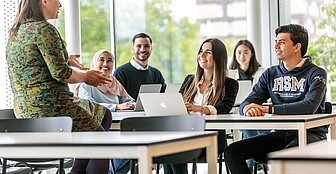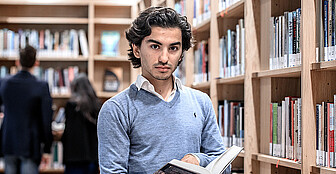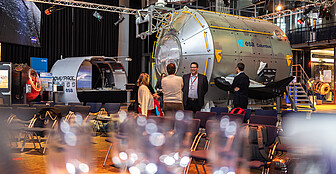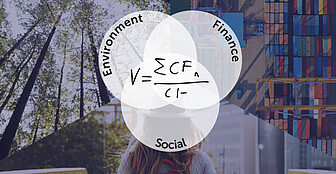Copyright on teaching materials
The general rule in Dutch Copyright Law (called Auteurswet) and the CAO-NU is that the copyright on teaching materials (like examination questions, workbooks and practice cases) is vested in the employer in whose service the work is realised. Teaching materials produced during working hours by staff whose task it is to produce teaching materials are the property of the employer (EUR).
This implies that teaching materials produced by someone who is leaving the employment have to be transferred to the department. Naturally, it can be agreed with the director of the department that the employee is allowed to continue to use the teaching materials after his or her departure.
Copyrights on lectures
A lecture is also a copyrighted work. The lecturer who gives the lecture may decide whether his lecture may be filmed, this applies also to an audio recording. Permission should always be asked from the lecturer before a lecture can be filmed or recorded.
If the lecturer gives permission to film a lecture, the film is only for personal use and distribution of the film is prohibited. Based on the privacy laws, fellow students may not be filmed while recording a lecture.
The lecturer can also indicate in advance whether and to what extent recordings are permitted. For this purpose the lecturer can use the following model:
" Making video recordings and / or sound recordings for personal use of this lecture series is / is not allowed. See section 9.7 of the Student Charter of the EUR. "
This text can be pronounced or shown for example on the first slide of a presentation.
Copyrights on theses
The copyright on bachelor or master theses is vested in the student who has written the thesis.
Although the thesis supervisor has given instructions and suggestions for improvement or has made corrections, this does not make the thesis partly the intellectual property of the thesis supervisor. Specifically, the learning situation implies that students have to make independent educational efforts, which can be assessed as such by the Examination Board or an examiner.
Therefore the thesis supervisor cannot have too much influence on such a thesis, in any case not so much that the copyright would (also) be transferred to him or her. The copyright is therefore vested in the student.
As authors of their theses, students can themselves decide whether or not to publish and reproduce their work and are themselves responsible for the content and what they do with it. The university’s responsibility lies in supervision and assessment whether the work fulfils the set requirements.
Transfer of copyrights (stichting PRO)
|
Publication acts
by lecturer
|
Information
registered by
lecturer
|
Permission
requested from
PRO by lecturer
before publication
|
Author's copy
available from
lecturer
|
Payment by
RSM to PRO
|
|
Reading list in ELE*
|
No
|
No
|
No
|
No
|
|
Links to university library sources in ELE*
|
No
|
No
|
No
|
No
|
|
Minor reproductions in ELE*, on hardcopy or using lecture sheets
|
Yes
|
No
|
Yes
|
Payment
scheme
|
|
Major reproductions in ELE* or on hardcopy
|
Yes
|
Yes
|
Yes
|
Yes
|
* ELE stands for Electronic Learning Environment (Blackboard, SIN-Online, etc.)
- RSM wishes lecturers to act in accordance with the sequence set out above when providing information sources to students.
- Unless a reader is used that is published through the StudyStore, the information must be registered and/or permission from Stichting Pro requested by the relevant lecturer.
- The form for requesting permission can be found at https://www.stichting-pro.nl/.
Examples:
- A graph or a newspaper article or an amusing picture (possibly taken from the Internet) that is included in a PowerPoint presentation that the students can watch in the ELE qualifies as a short reproduction and needs to be registered. Formulas, conversely, need not be registered.
- Situations involving a piece written by the lecturer that has been published in a journal, with the copyrights being transferred to the publishing house that owns the journal, qualify as reproduction and have to be registered. Unpublished works by the lecturer may be used freely, though when the work is published copyrights will have to be reserved for educational purposes, or else it will have to be registered, as above.

